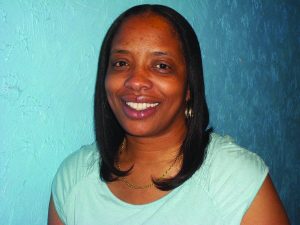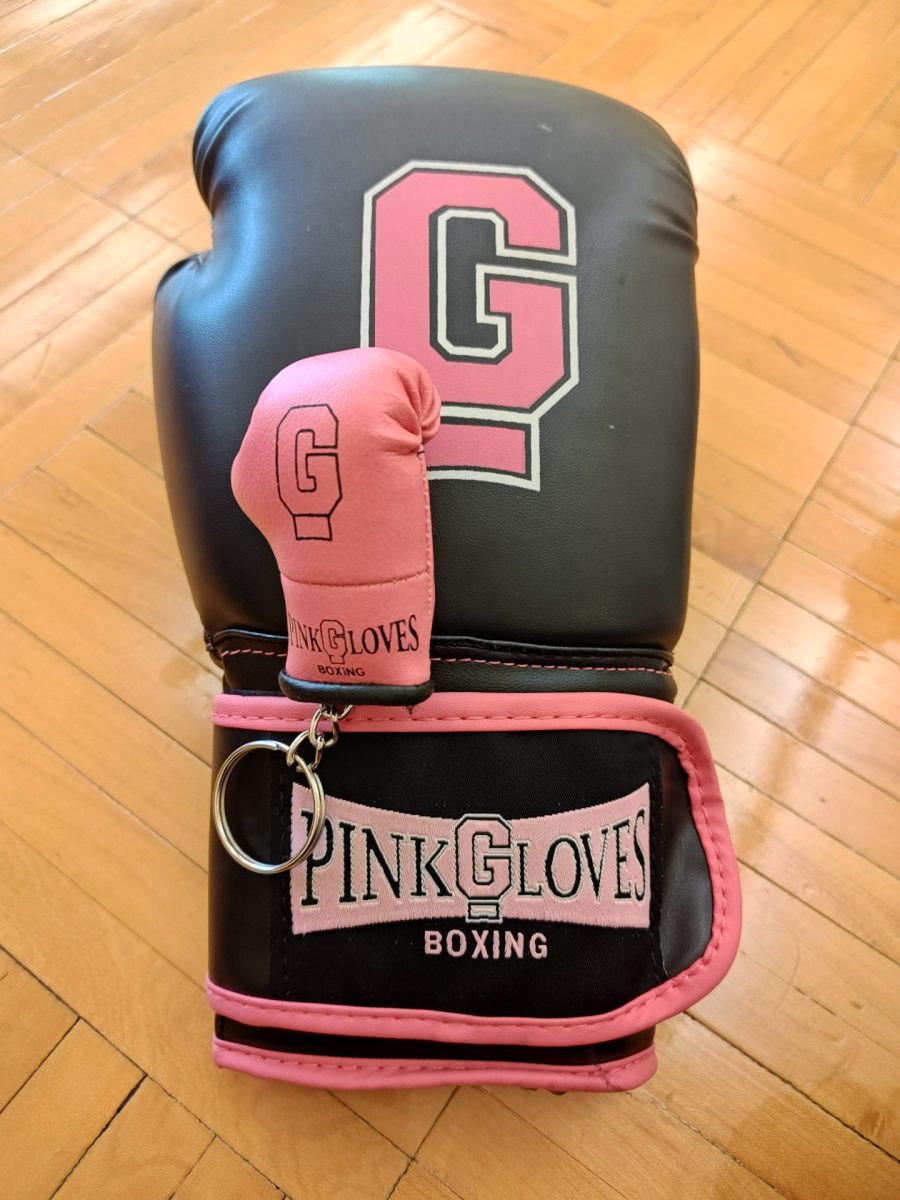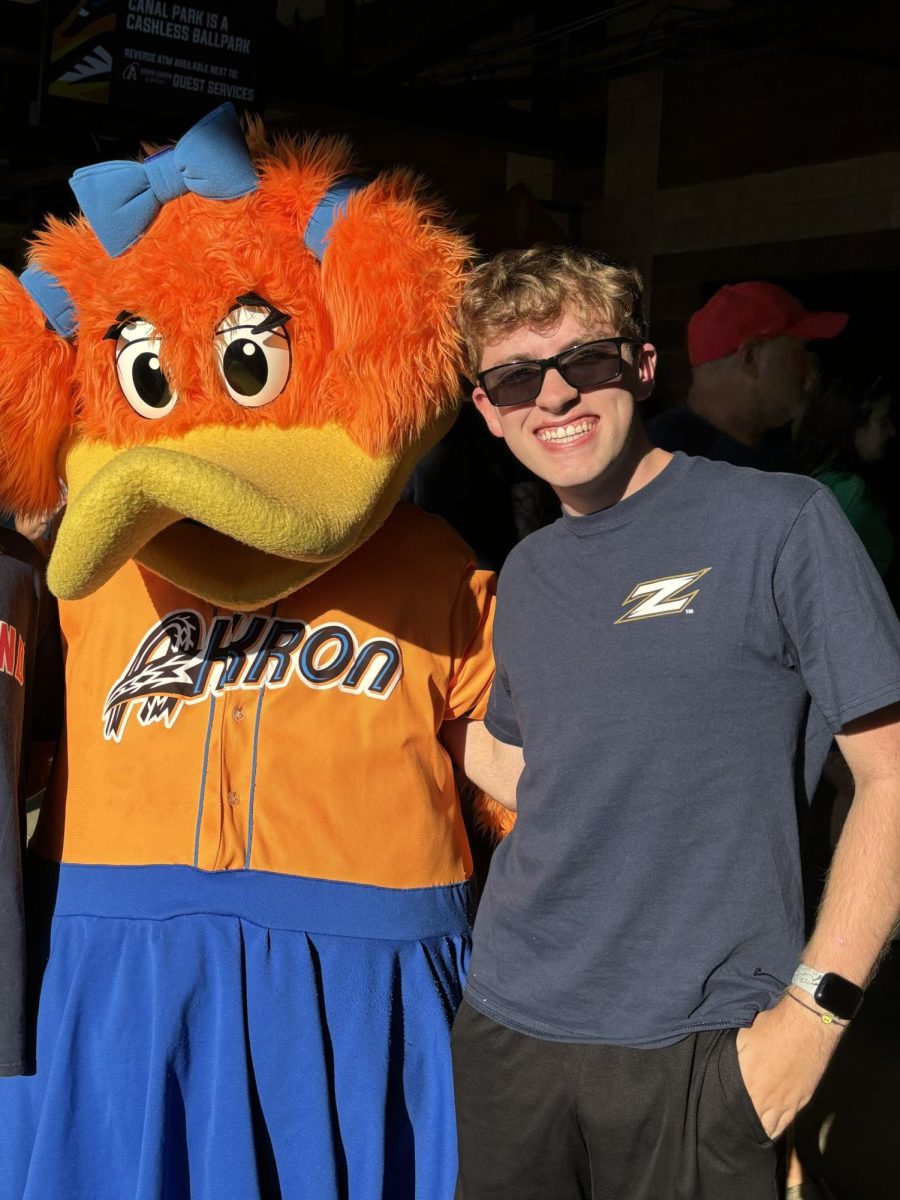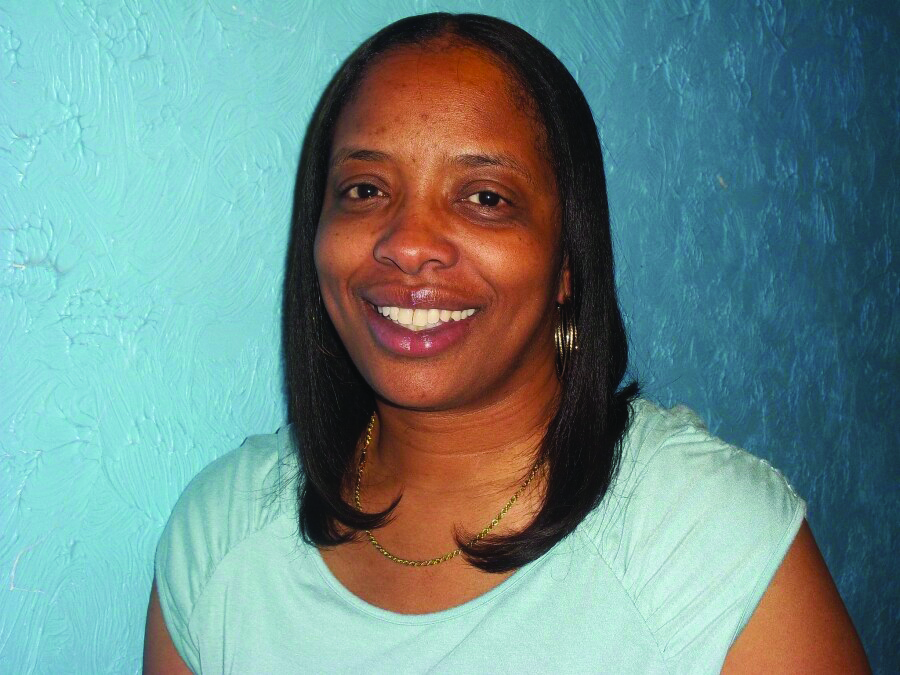Akronauts prepare for takeoff
April 9, 2015
Jesse Batko of Akron’s Rocket Design Team wants to fly to the moon and play among the stars in the team’s first year.
“Beat M.I.T.” is the motto and lofty goal that co-founder and co-president Batko hopes will send the Akronauts into sub-orbit as they gear up for their first competition.
“We have the brightest leaders that Akron has to offer,” Batko said.
Just south of Green River, Utah is the site of the prestigious 10th Intercollegiate Rocket Engineering Competition. It is the largest rocket design competition, according to Batko, with 37 universities competing from June 24-27. The Akronauts will look to make good on their motto as they compete against the likes of Ohio State, Case Western Reserve and M.I.T with Project: Erebus.
Project: Erebus is the first rocket design project in the history of The University of Akron. The team has designed the 13-foot rocket to fly at Mach l.5, which is over 900 mph. The competition will require the rocket to reach an altitude of 25,000 feet with a payload of 10 pounds of items of scientific significance. The rocket and all of its components must be safely recovered. According to The University of Akron Rocket Design Team Brochure, a written report and an oral presentation of the rocket must also be completed.
In recent years, the competition has gone international with teams entering from schools in countries such as Egypt, Turkey and Brazil, according to the Experimental Sounding Rocket’s Association website.
ESRA is the non-profit organization that sponsors the competition every year in Utah.
A veteran of design teams, Batko, having worked previously on the Robotics Team, knows how to turn a group into a well-oiled machine. He learned through his experience on the Robotics Team that he needed to try a different approach to get the largest design team on campus off the ground.
“You see what was successful and what wasn’t successful when you make a team,” Batko said.
The design team consists of 50 active members split into seven teams under the new approach. Each team works on one of the seven different systems in the construction of the rocket. The sub-teams are known as guidance, recovery, electronics and software, payload, launch pad, propulsion and structure. All seven systems are equally important as Batko explained that if one system fails then all of the systems would fail.
Each team has a member base and can get guidance from their captains, or system leads. According to The University of Akron Rocket Design Team Brochure, thirteen captains act as system leads for each team with a few teams having multiple system leads. The lead physicist and lead scientist also act as system leads. There are seven team officers such as treasurer, technical advisor and co-presidents to conduct team affairs.
Members of each team are allowed to meet at their own times and go into the Design Center to work on their systems. There is no specific day or time that each team must come in to work. Members of one team can even switch to work on another team. Only students are allowed to be members on the design team, and it is not exclusive to undergraduates.
According to Batko, PhD students and a few high school students from Saint Vincent Saint Mary high school also work as Akronauts.
Batko said that he sometimes sees students working on the rocket design team more than their schoolwork. This is because the design team is a unique opportunity. Normally, only a level-3 rocketeer would be able to build a rocket, but the university allows students to bypass that qualification for educational purposes, according to The University of Akron Rocket Team Brochure. There are also no rocket-building classes offered at Akron, so each member has to teach himself about how to build a rocket.
The Experimental Sounding Rocket’s Association website mandates that all teams must host an educational workshop. The Akronauts have created their own K-12 outreach program to teach children about rocketry and to encourage them to join a STEM area. The design team has partnered with Saint Vincent Saint Mary High School to allow high school students to participate in workshops and develop their engineering skills.
Batko said that the idea to help put together a Rocket Design Team came to him when he looked at other schools, such as Ohio State and Toledo, who had teams. He decided it was time that Akron had one. Although Batko is now a senior, he hopes that the Akronauts’ first year will be a successful one that launches them to many championships for years to come.
On Wed, Apr 8, 2015 at 8:26 PM, Grant Morgan <[email protected]> wrote:
Jesse Batko of Akron’s Rocket Design Team wants to fly to the moon and play among the stars in the team’s first year.
“Beat M.I.T.” is the motto and lofty goal that co-founder and co-president Batko hopes will send the Akronauts into sub-orbit as they gear up for their first competition.
“We have the brightest leaders that Akron has to offer,” Batko said.
Just south of Green River, Utah is the site of the prestigious 10th Intercollegiate Rocket Engineering Competition. It is the largest rocket design competition, according to Batko, with 37 universities competing from June 24-27. The Akronauts will look to make good on their motto as they compete against the likes of Ohio State, Case Western Reserve and M.I.T with Project: Erebus.
Project: Erebus is the first rocket design project in the history of the University of Akron. The team has designed the 13-foot rocket to fly at Mach l.5, which is over 900 mph. The competition will require the rocket to reach an altitude of 25,000 feet with a payload of 10 pounds of items of scientific significance. The rocket and all of its components must be safely recovered. According to The University of Akron Rocket Design Team Brochure, a written report and an oral presentation of the rocket must also be completed.
In recent years, the competition has gone international with teams entering from schools in countries such as Egypt, Turkey and Brazil, according to the Experimental Sounding Rocket’s Association website.
ESRA is the non-profit organization that sponsors the competition every year in Utah.
A veteran of design teams, Batko, having worked previously on the Robotics Team, knows how to turn a group into a well-oiled machine. He learned through his experience on the Robotics Team that he needed to try a different approach to get the largest design team on campus off the ground.
“You see what was successful and what wasn’t successful when you make a team,” Batko said.
The design team consists of 50 active members split into seven teams under the new approach. Each team works on one of the seven different systems in the construction of the rocket. The sub-teams are known as guidance, recovery, electronics and software, payload, launch pad, propulsion and structure. All seven systems are equally important as Batko explained that if one system fails then all of the systems would fail.
Each team has a member base and can get guidance from their captains, or system leads. According to The University of Akron Rocket Design Team Brochure, thirteen captains act as system leads for each team with a few teams having multiple system leads. The lead physicist and lead scientist also act as system leads. There are seven team officers such as treasurer, technical advisor and co-presidents to conduct team affairs.
Members of each team are allowed to meet at their own times and go into the Design Center to work on their systems. There is no specific day or time that each team must come in to work. Members of one team can even switch to work on another team. Only students are allowed to be members on the design team, and it is not exclusive to undergraduates.
According to Batko, PhD students and a few high school students from Saint Vincent Saint Mary high school also work as Akronauts.
Batko said that he sometimes sees students working on the rocket design team more than their schoolwork. This is because the design team is a unique opportunity. Normally, only a level-3 rocketeer would be able to build a rocket, but the university allows students to bypass that qualification for educational purposes, according to The University of Akron Rocket Team Brochure. There are also no rocket-building classes offered at Akron, so each member has to teach himself about how to build a rocket.
The Experimental Sounding Rocket’s Association website mandates that all teams must host an educational workshop. The Akronauts have created their own K-12 outreach program to teach children about rocketry and to encourage them to join a STEM area. The design team has partnered with Saint Vincent Saint Mary High School to allow high school students to participate in workshops and develop their engineering skills.
Batko said that the idea to help put together a Rocket Design Team came to him when he looked at other schools, such as Ohio State and Toledo, who had teams. He decided it was time that Akron had one. Although Batko is now a senior, he hopes that the Akronauts’ first year will be a successful one that launches them to many championships for years to come.











